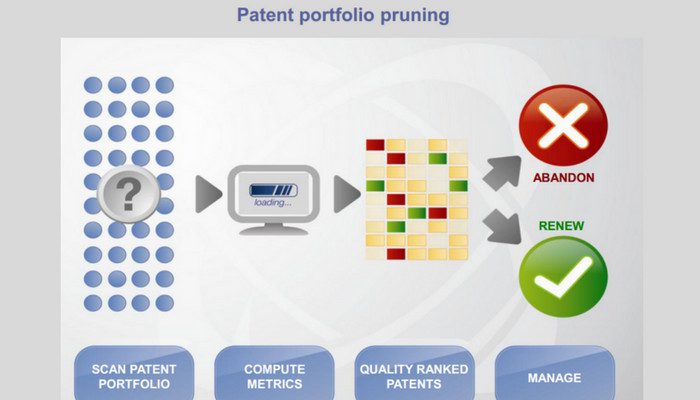The main task in an Objective Analysis is to recognize fundamental patents or patents that are in line with the overall objectives of the company. In order to identify the fundamental patents, patent tags come in handy. All patents in a patent portfolio are tagged or categorised on the basis of IPC/CPC classification codes. Core and Supplementary are the main tagging categories. If a patent is tagged as core, it means that it is related to a technology within the company. The other patents are classified as supplementary. The supplementary patents may be selected for pruning. Once the analysis is complete it can be decided whether to retain or abandon the selected patents.
Diversity of patent families, rate of forward citations, diversity of IPC/CPC forward citations, and variation of forward assignees are some of the indicators of quality when it comes to objective analysis.
A subject analysis is the next step in the Patent Pruning Process. Once the supplementary or non-core patents have been listed, the next step is to determine their future. This is a crucial step because it will decide which patents are to stay and which to be discarded. The quality indicators used to perform a subjective analysis are – scope of claim, market applicability, ease of evidence identification, and its future evaluation.
The process of subjective analysis involves the following important steps:
- Checking if any third party is employing the technology in their marketed products. If the finding is affirmative, then it is suggested to renew/license the patent. In case the above is not valid then ongoing research needs to be checked to see if anything relates to the patent.
- In case there is evidence of research on the subject matter of the patent then it is advised to renew/license it. If not, then the patent any be discarded as it no longer serves any intended purpose.






